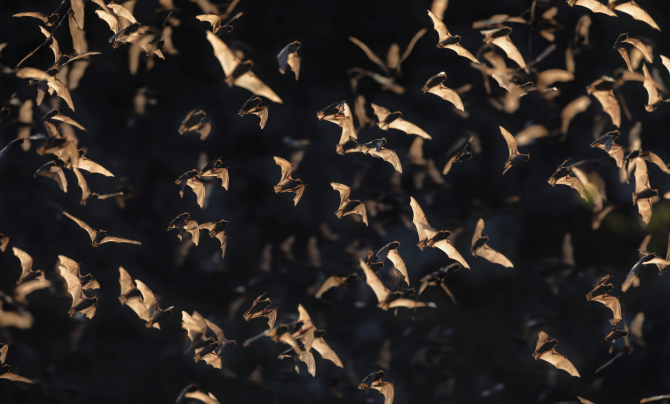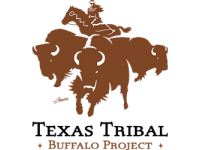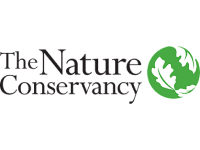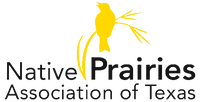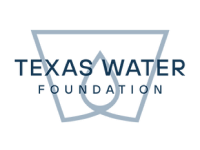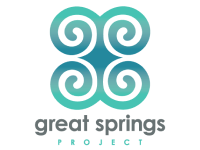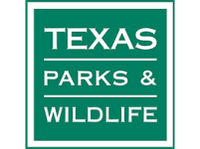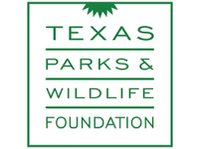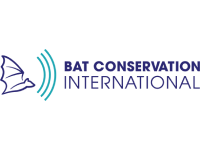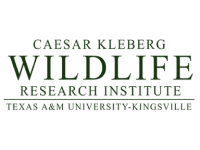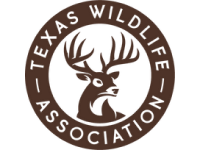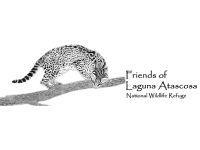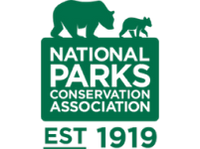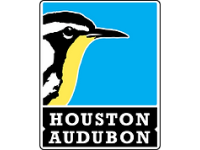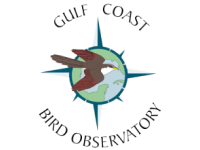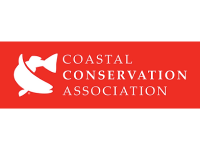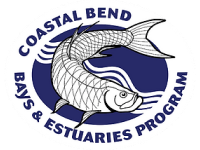
MOUNTAIN LIONS
Mountain lions are Texas’ Apex predator and an iconic species. Historically, they were found across the state but they have been reduced to two populations in South and West Texas. Unlike other states where mountain lions are either protected or closely managed through hunting seasons, in Texas they can be trapped and hunted year-round without any seasons, limits, or data driven management. Extensive research has been conducted and indicates the South Texas population is shrinking and genetically isolated, and the West Texas population experiences high human-caused mortality from trapping.
To ensure that mountain lions have a healthy future in our state, the coalition Texans for Mountain Lions has filed a petition for rulemaking to Texas Parks and Wildlife Department to begin researching and managing this important species. Please support their efforts and encourage TPWD to ensure a future for mountain lions in Texas by signing your support HERE.

